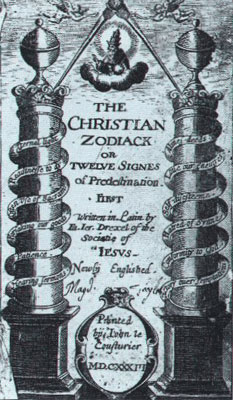History of Czech Freemasonry
Freemasonry was introduced in the Czech Lands during the 1740s in Prague and a few other places in Bohemia and Moravia, at that time under Austrian rule. It flourished during the second half of the 18th century, working both craft and templar higher degrees under the system of the Strict Observance. In the wake of the tragic revolutionary events taking place in France and the assumed political threat represented by Freemasonry, the Masonic order was suppressed in 1795 by an edict of Emperor Francis II, a prohibition which lasted well over a century in the Austro-Hungarian empire.
The light of Freemasonry was rekindled after the creation of the Czechoslovak state in 1918. The National Czechoslovak Grand Lodge (NCGL) was consecrated in 1923. By summer 1938, Masonic membership in the country stood at approximately 3,000. Freemasonry was again suppressed during the Second World War.
After World War 2, the Grand Lodge resumed its activities in Prague with 640 surviving Brethren but all its assets had been destroyed or had disappeared. The full re-development of Freemasonry was shortlived when, in February 1948 the communist coup took place. The situation became increasingly unbearable and in 1951 at its General Assembly the Grand Lodge voted to become dormant once more. When the communist regime collapsed forty years later in 1989, there were only 28 Czechoslovak Masons remaining. Prof. Dr. Jiri Syllaba, who had been initiated in 1926, was elected Grand Master of the re-awakened Grand Lodge of Czechoslovakia in 1991. Two years later, in 1993, the country was partitioned into the Czech Republic and the Slovak Republic. The Grand Lodge of Czechoslovakia was renamed into the Grand Lodge of the Czech Republic.

Historically, there have been many notable Masons in the Czech Lands, W.A. Mozart and Czechoslovak President E. Benes are only two examples. It will be only 17 years in November 2008 that Czechoslovak Freemasonry has been reconstitued for the third time since 1919. It is important to note the similarity which exists between the social climate which existed after the creation of the Czechoslovak Republic in 1918 and the climate which appeared after the Velvet Revolution in 1989. Both these historical events liberated society and created conditions favourable to the development of all kind of activities, including Freemasonry. When we look a few years back, we can see with satisfaction that history seems to repeat itself and as a result we are experiencing a renewed and sustained growth of Freemasonry in our country.
We would like to welcome you to inquire with us about either visitation or consideration for membership to Hiram Lodge, No. 12. Please email us with any questions you may have.

